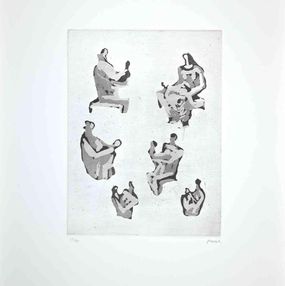
Six Mother and Child Studies
Henry Moore
Print - 64.5 x 46 x 0.1 cm Print - 25.4 x 18.1 x 0 inch
$1,665
Print : etching, burin engraving, book 49.5 x 35.5 x 5 cm 19.5 x 14 x 2 inch
Free returns within 14 days
Authenticity guaranteed
Learn moreNumbered and limited to 130 copies
1 copy available
Hand-signed by artist
Sold with certificate of Authenticity from the gallery
Invoice from the gallery
Print: etching, burin engraving, book
49.5 x 35.5 x 5 cm 19.5 x 14 x 2 inch Height x Width x Depth
Not framed
Artwork sold in perfect condition
Artwork location: France
About the seller
Galerie Hus • France
Artsper seller since 2015
Vetted Seller
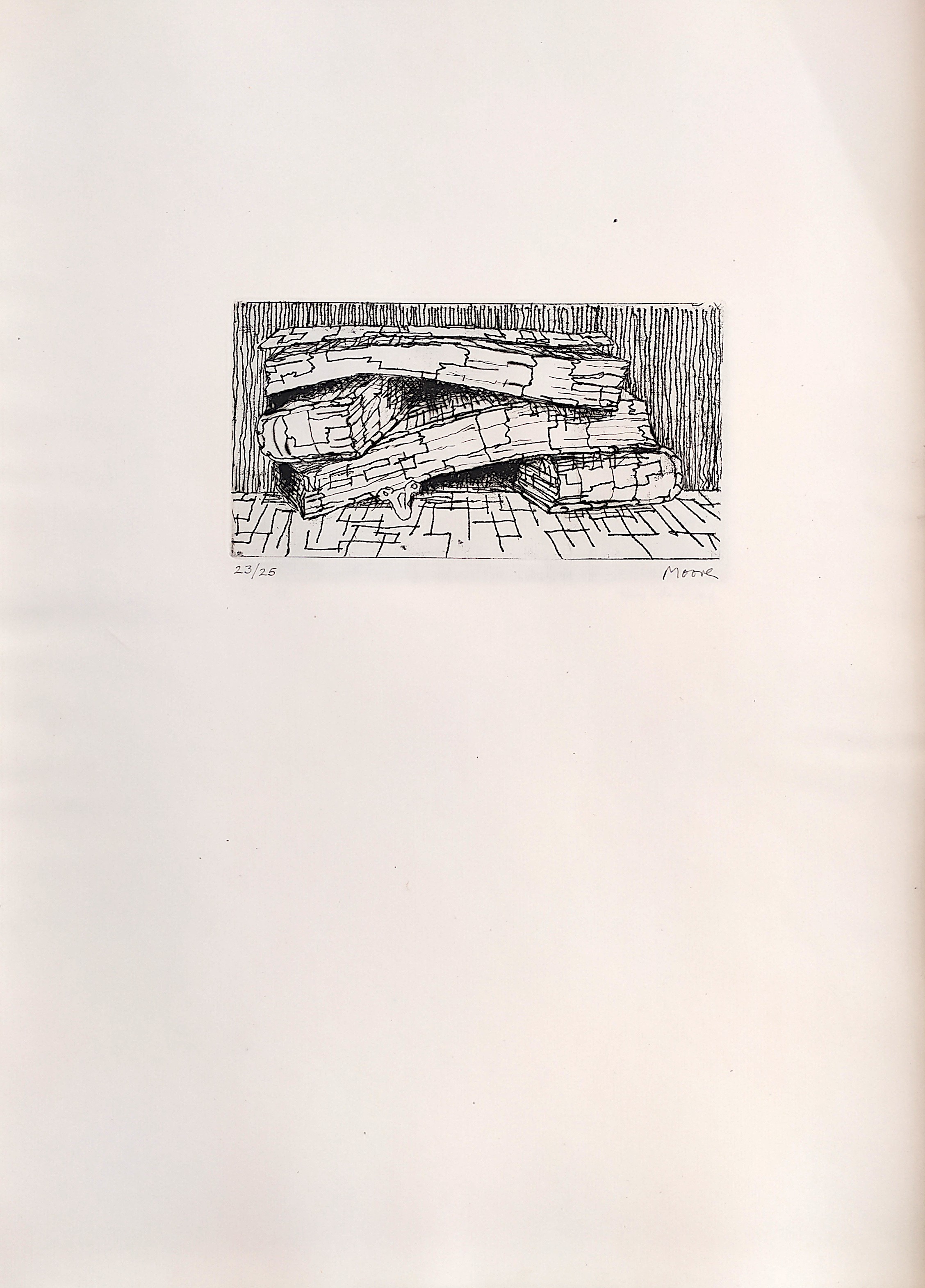

Print - 64.5 x 46 x 0.1 cm Print - 25.4 x 18.1 x 0 inch
$1,665
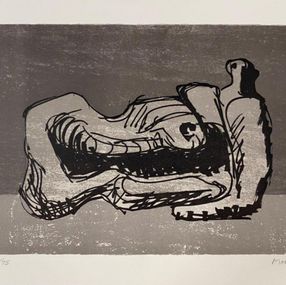
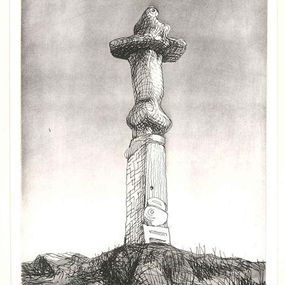
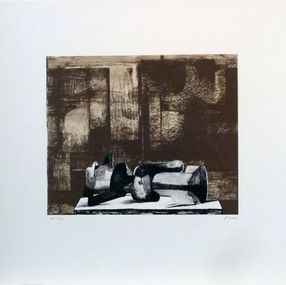
Print - 57.2 x 77.5 cm Print - 22.5 x 30.5 inch
$1,998





Print - 50 x 38 x 1 cm Print - 19.7 x 15 x 0.4 inch
$1,332

Print - 64.5 x 46 x 0.1 cm Print - 25.4 x 18.1 x 0 inch
$1,665



Print - 57.2 x 77.5 cm Print - 22.5 x 30.5 inch
$1,998




Henry Moore was an English artist, who was born in 1898 and died in 1986.
From a working class family, Henry Moore was one of the first sculptors to bring a particular form of artistic modernism to British society at the start of the 20th century, for which he drew inspiration from primitive art.
Henry Moore was very successful from the 1930s onwards; he taught in several universities and his creations quickly went to the top of the art market. By the end of the 1940s, he was seen as the voice of British sculpture, having earned worldwide renown. However, while the artist's recognition and popularity increased, particularly in the way of commissions, he preferred to live simply after the end of World War II, and gave most of his earnings to the Henry Moore association to help support the education, promotion and distribution of art.
Henry Moore's sculptures are mainly inspired by the feminine body, and he gradually moved towards more abstract and elongated forms. His signature motif is a reclining form, and he worked mostly in monumental bronze. He created numerous works documenting the Blitz during the Second World War in London, which are preserved at the British Museum.
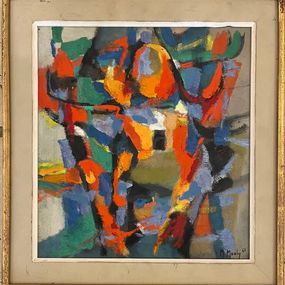
Painting - 35 x 33.3 x 0.1 cm Painting - 13.8 x 13.1 x 0 inch
$13,320

Painting - 56 x 75 x 0.1 cm Painting - 22 x 29.5 x 0 inch
$1,665 $1,498
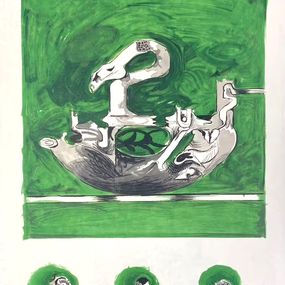


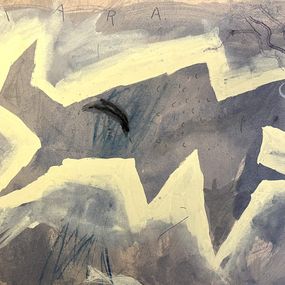
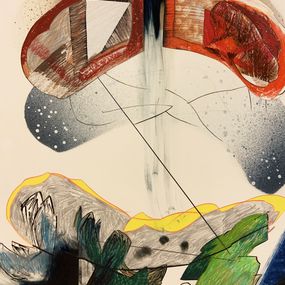

How does Artsper protect you?
Protect your purchase
We’re here to help you collect art securely. When you browse and buy on Artsper, you benefit from our guaranteed protections.
Buy works from the best galleries
We partner with the best art galleries. All sellers on Artsper have been carefully reviewed and approved by our team. All of our partner galleries respect our code of ethics.
Know what you’re getting
Each work on Artsper is studied and validated by our team before appearing online. Get personalized support Contemporary art specialists are available by phone and email to answer all of your questions about our works of art. Get personalized advice and curated suggestions for your collection.
Resell your artworks
As a private individual, you have the possibility to resell on Artsper your works acquired on Artsper. For more information click here.
Make an offer with Artsper
Negotiate prices
Price negotiation is possible. Like in a gallery, this allows you to open a discussion and purchase your works at your preferred price.
Get our help negotiating
Let our team handle the negotiations and get back to you once the best deal is made.
Order safely
Artsper’s satisfaction guarantee
With Artsper, you have the opportunity to return a work free of charge within 14 days of receipt if it does not suit you, for whatever reason. You will then receive a full refund for your order.
Protect your purchase with Artsper’s payment partners
All credit card payments are processed by Paybox, the trusted leader in payment processing for international businesses. Paybox ensures the highest level of security.
Get specialized support from Artsper in the event of a problem
On the rare occasion that a work of art arrives in a different condition than described, we will work to administer a return, refund, restoration or exchange for you. Our team will always keep you informed on the progress of your request and will go above and beyond to offer you personalized solutions.
To benefit from Artsper’s protections you must:
Place your order using one of Artsper's payment methods.
Report any issues to Artsper within one week of receiving your work.
Provide all requested photographic evidence of the problem (including the original artwork and packaging).
Artsper’s guarantee covers the following problems:
You receive a work that’s missing a described characteristic (such as a signature or a frame)
You receive a work with different characteristics than those described at the time of purchase
You receive a damaged piece of work
Your purchase is declared lost or damaged during transit
You receive a work that is a different in color than what you ordered
Your purchase is delayed
Why buy on Artsper?
Artsper gives you access to the largest catalog of contemporary artworks, from the best galleries (200,000 works, 25,000 artists, 2,000 partner galleries).
We select the galleries with which we collaborate. This demanding selection, operated by our team of experts, offers you several guarantees:
We also facilitate the search for works according to your preferences thanks to our intelligent features such as:
Or simply thanks to our filters on the catalog allowing you to refine your searches.
Our customer service is also at your service and responds within the shortest time!
Can I negotiate the price of an artwork?
For some artworks, you can negotiate the price. If the price of the work is negotiable, you have a “Make an offer” button under the “Buy this work” one.
To submit your offer, you must make a payment of the desired amount. Your offer will then be forwarded to the gallery, which reserves the right to accept or reject it. If your offer is accepted, it means that your order is confirmed by the gallery and they will prepare the artwork for shipment. If your offer is rejected, you will be refunded the total amount paid automatically. The gallery can also propose a counter-offer for the acquisition of the artwork.
If you have any questions, please feel free to contact us: [email protected].
Where can I have my order delivered?
Artsper delivers worldwide!
However, please note that once your order reaches its destination, it may be subject to VAT or other customs fees. These charges are beyond our control and you will be responsible for paying them (this is indicated at the ‘checkout’ first step).
Select the delivery address of your choice. Please make sure that someone is present to receive your order.
If your billing address is different to your delivery address you can specify this at the checkout.
Return and cancellation
You can return the artwork without needing to provide a reason or pay a penalty fee up to 14 days after receiving your order.
In the case that the right of withdrawal is exercised in the aforementioned time frame, the price of the artwork(s) purchased and the shipping costs will be reimbursed by us as soon as the gallery has received the artwork and notified us.
Artsper will manage the return of the work and will bear the cost of returns (which will either be paid by you and refunded by Artsper or directly paid by Artsper).
The artwork must be returned in perfect condition and in its original packaging (or equivalent).
The buyer exercises his right of withdrawal directly from MUMART, by sending an email to the address: [email protected].
How can I best showcase my work?
If you have bought a painting, a sculpture or a work on paper, find expert advice on its conservation and how to best enhace it: